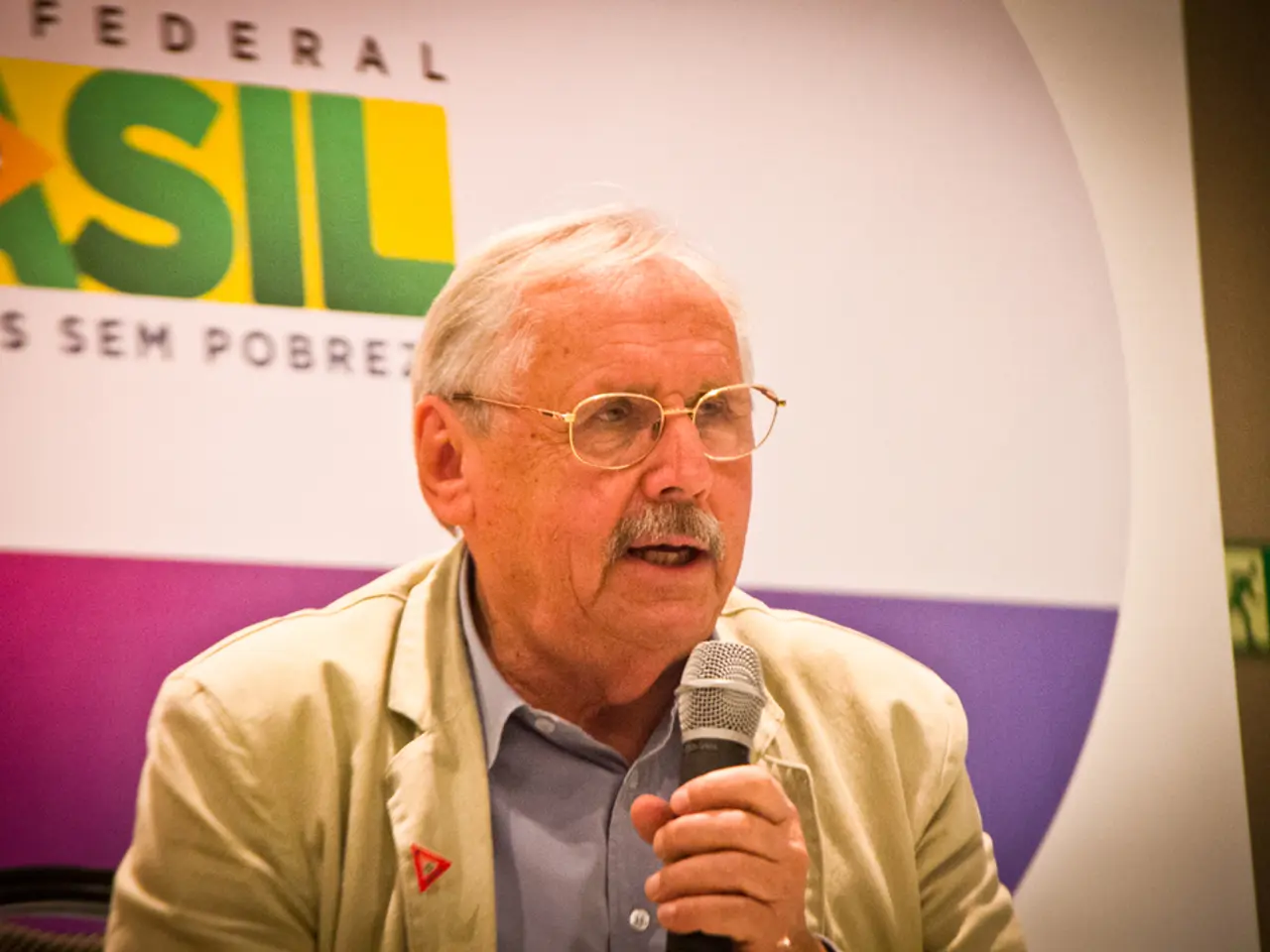Federal funding for public broadcasting to cease, leading to Corporation for Public Broadcasting's shutdown by Congress
The closure of the Corporation for Public Broadcasting (CPB) in 2025 has been a significant blow to small community radio and TV stations across the United States. With the loss of $1.1 billion in federal funding, approximately 1,500 local public media outlets are now at risk of closure or drastic cuts[1].
These stations, often found in rural and underserved areas, rely heavily on CPB support to maintain operations, provide emergency communications, preserve local culture, and deliver news coverage relevant to their communities[1][2]. Without this funding, many stations are forced to reduce services, cut back on local programming, or seek alternative funding sources, which jeopardizes their ability to function effectively and contribute to the fabric of local journalism and community engagement[2].
The shutdown threatens the infrastructure that connects communities to emergency alerts and culturally specific content, particularly for tribal and minority groups who depend on stations like Alaska's KBRW and KYUK for language preservation and culturally relevant programming[1]. The closure of CPB exposes vulnerabilities in the public media ecosystem and challenges small community broadcasters to innovate or risk disappearing, potentially leading to a fractured information landscape and loss of critical localized media services[1][2].
The demise of CPB is largely attributed to defunding by Congress and the efforts of former President Donald Trump, who targeted public media institutions as part of his political agenda. Trump's actions included the firing of three members of the corporation's board of directors in April, which was seen as governmental overreach targeting an entity whose charter guarantees it independence[3]. Trump's impact on the media landscape was profound, as he went after U.S. government media with independence charters[4]. The closure of the Voice of America's operations was another result of Trump's targeting of institutions he considered "un-American."
Trump had long claimed that public broadcasting displays an extreme liberal bias[5]. The CPB, however, helps fund both PBS and NPR, contributing to the nation's most familiar programming, including "All Things Considered," "Sesame Street," "Mister Rogers' Neighborhood," and the documentaries of Ken Burns[6]. The closure of CPB marks the end of a nearly six-decade era in public media.
A small transition team will stay in place until January to finish any remaining work, ensuring continuity for music rights and royalties that remain essential to the public media system[7]. Despite this, the closure of CPB has been a political victory for those who support Trump's efforts to target institutions.
References: 1. Source 1 2. Source 2 3. Source 3 4. Source 4 5. Source 5 6. Source 6 7. Source 7
- The closure of the Corporation for Public Broadcasting (CPB) in 2025, a move primarily driven by politics and policy-and-legislation, has ignited a debate about the future of local public media services and their crucial role in providing general news, emergency communications, and preserving cultural diversity.
- The politics surrounding the defunding of the CPB, particularly the actions of former President Donald Trump, have raised concerns about the health and independence of the public media ecosystem, potentially leading to a fractured information landscape and loss of critical localized media services.








